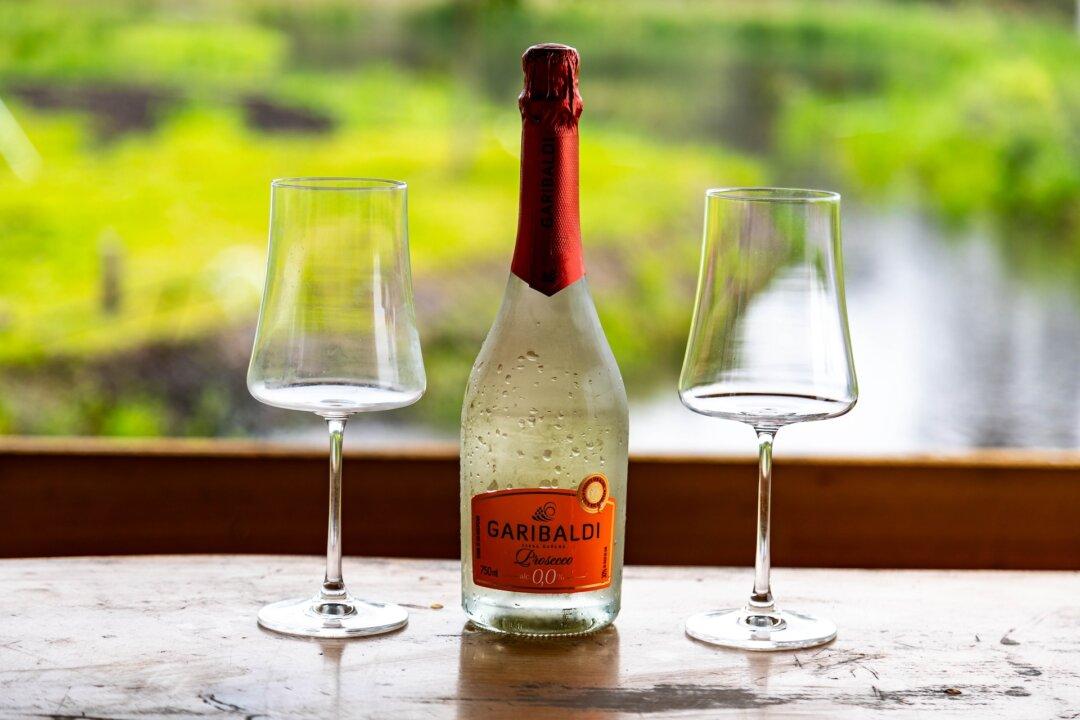Clumsy, foppish, lugubrious, doleful, gloom-imposing.
These are just a few of the terms that I had either used or thought of when writing about zinfandel in the late 1990s, a somber time for anybody who really liked zinfandel as it once was.
It once was charming, a sprightly, fun-loving jokester who never had a bad word to say about anyone or anything. Zin was a casually-dressed chum who was content to be paired with victuals like pizza, burgers, hummus, and hot dogs.
It was a jocular red wine that was simply, uh, simple. Loaded with raspberry and strawberry fruit, it had a crisp level of acidity, balanced alcohol (usually 13.5 percent to 14 percent), and it improved in the bottle for a few years even though that wasn’t its thing. In most cases, you just bought it and drank it. Ceremony be damned.
But all good things must end. The end, roughly 20 years ago, was when I began to see most zin producers make what I then decried as stupid wine. I didn’t like what zin had become: a besotted alcoholic oaf. It had lost its engaging sprightliness and became weighty. What a bore!
I once asked winemaker Randall Grahm for his opinion of most of the high-alcohol zinfandels of that era. He paused, thought about the question, and then replied, “It’s kind of like trying to evaluate the quality of an orchestra based on how loud it plays.”
The major change in zin’s personality began almost entirely as a result of the mindlessness of people putting scores on these things. If ever there was a wine that didn’t want to be comparatively evaluated, it was zin. All it wanted was to be playful, wear jeans and a T-shirt, and create smiles. It hated tuxes, spats, or upturned pinkies.
Most of the 100-point zins had 16 percent alcohol (or more!), as well as layers of new French oak. A few actually smelled more like port or creosote than wine. Any relationship to the zin I once knew had been stripped away.
The highest-scoring zinfandels of the Stupid Era had so much alcohol you needed an antacid before each sip. As such, zins resembled Amarone. As for its compatibility with food, that had evaporated. It was less a beverage than it was a pollutant. Its best role probably was as front-bumper bug solvent.
Fortunately for those of us who love the flavors of this uniquely American red wine grape, times can change more than once. One result of zin’s Stupid Era was that even hardcore zinfandel lovers eventually got fatigued trying to slug these behemoths down. So they stopped buying them.
That, to be sure, was a message that winemakers and winery owners understood. When sales suffer, something has to change. And it’s in process as we sip.
Sure, plenty of 17 percent alcohol zins remain on store shelves. Some people still feel macho enough to enjoy them. (Are the buyers also those who buy Hummers and demand 40-inch wheels?)
However, recently I’ve seen a new zin trend: balanced zin! When it’s appropriately handled in the vineyard, it can produce a tasty, balanced wine! Huzzah! It may be that we'll have to put up with 14.5 percent alcohol, but at least that’s manageable.







